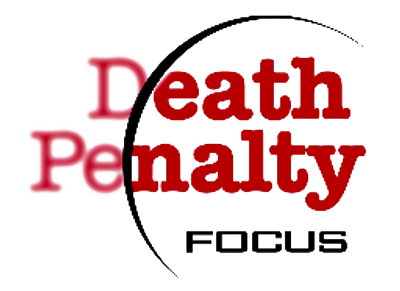In her op-ed, “I will spend my life fighting against the death penalty and I’m proud to have Newsom with me,” in the Orange County Register, DPF Board Member Beth Webb, whose sister was killed and mother wounded in the deadliest mass shooting in Orange County history, writes of how her “life was forever altered that day.” She explains how the anguish of her loss was exacerbated by the district attorney’s insistence on pursuing the death penalty even though Webb and several other victims’ family members were opposed, and the perpetrator had confessed. “This case, that should have been quickly concluded, dragged on for six years, subjecting me, my family and the loves ones of the other victims to unimaginable pain,” Webb writes.
In his Atlantic article, “The Supreme Court’s Death Drive,” Garrett Epps writes that, “The post–Anthony Kennedy Supreme Court majority has introduced itself to the nation by strapping itself to the decaying corpse of the American death penalty.” Citing four recent cases indicating the conservative majority’s zeal for state killing, Epps says, “The question that haunts me is why.” And, he adds. “Because it is cruel and expensive, the death penalty is collapsing of its own weight, and five angry men in robes cannot save it. That they are willing to try . . . is curious.”
In his editorial, “It’s Time to End the Death Penalty Nationwide,” in the American Conservative, Dan King notes that while “momentum is building to put an end to one of our country’s most barbaric law enforcement practices” in states around the country, it’s just a “step in the right direction [and] no replacement for long overdue action at the national level.”
In her University of San Francisco Law Review paper, “Ending Innocence Denying,” Lara Abigail Bazelon finds that while many prosecutors will accept responsibility when a defendant has been wrongfully convicted, “too many do not.” She suggests that “good prosecutors” should no longer be described as “tough-on-crime-fighters whose overriding goal is to obtain and preserve convictions.” Instead, “Through media exposure that educates and informs the public, ‘good prosecutor’ stories can be woven into a coherent and compelling meta-narrative . . . . In this narrative, the exoneree and his advocates are heroes and the prosecutors are villains.”
In a New York Times Magazine feature, “Is Prison Necessary? Ruth Wilson Gilmore Might Change Your Mind,” Rachel Kushner profiles Gilmore, a geography professor at the City University of New York Graduate Center and a leader in the prison abolition movement. Gilmore developed the concept of carceral geography, “A category of scholarship she more or less single-handedly invented, which examines the complex interrelationships among landscape, natural resources, political economy, infrastructure and the policing, jailing, caging and controlling of populations.” Kushner explains that, “Instead of asking how, in a future without prisons, we will deal with so-called violent people, abolitionists ask how we resolve inequalities and get people the resources they need long before the hypothetical moment when, as Gilmore puts it, they ‘mess up.’ ”





